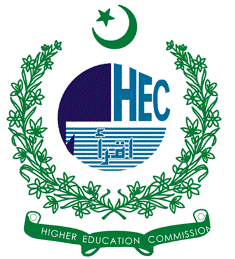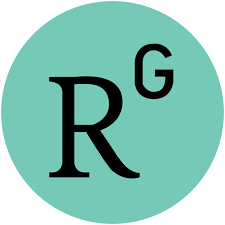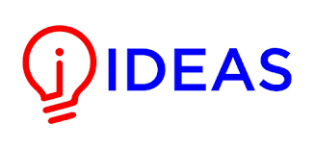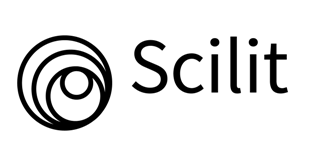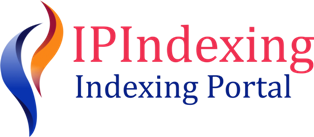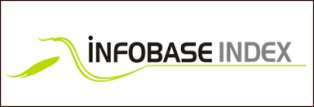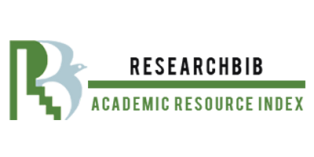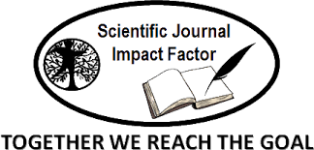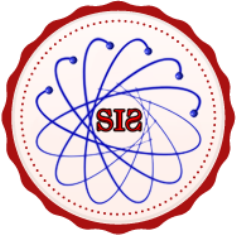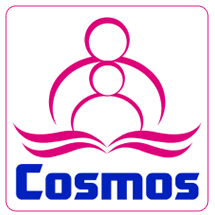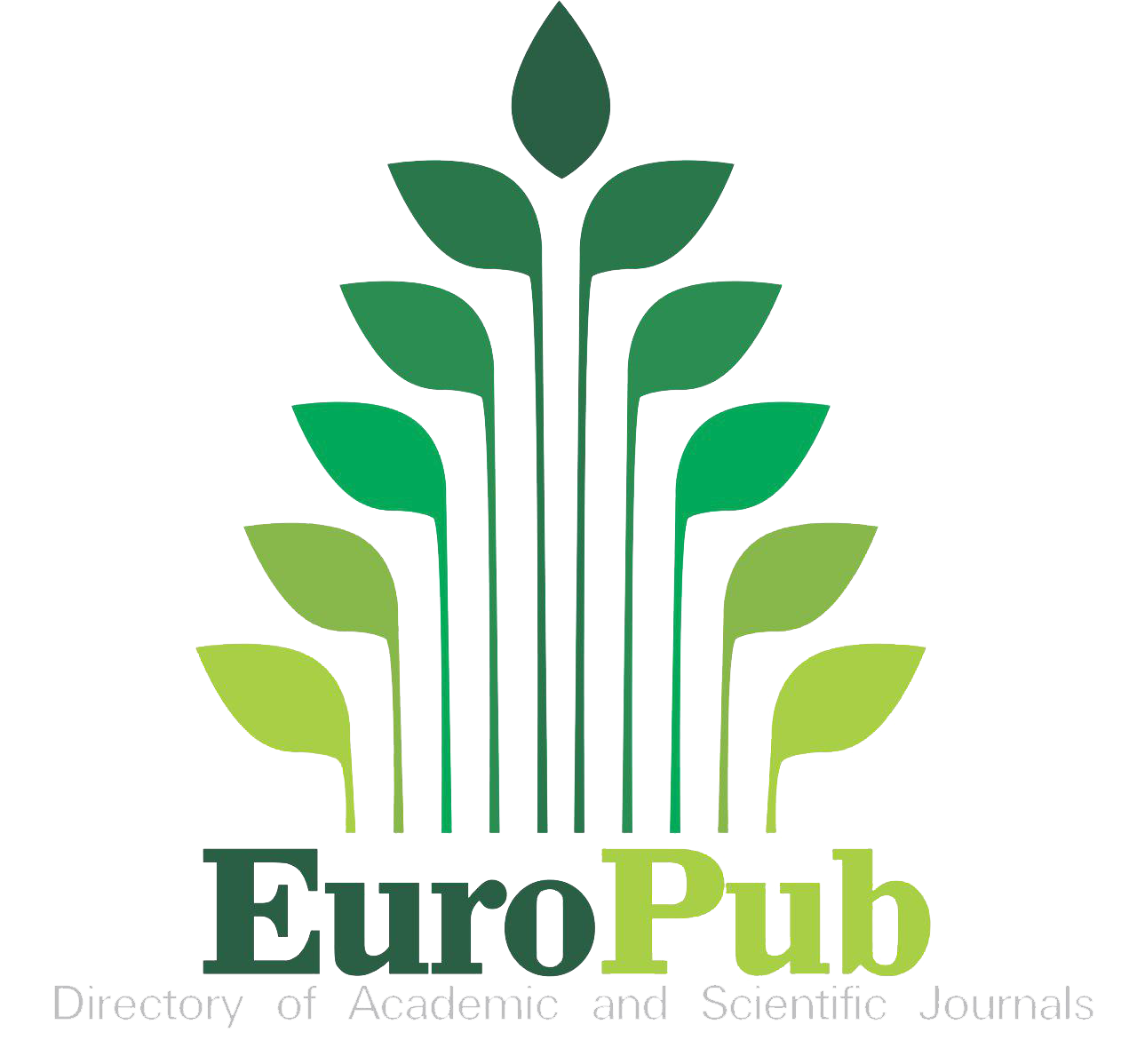Machine Learning-Based Fish Species Recommendation Using Water Quality Parameters
Keywords:
Fish Farming, Machine Learning, Water Quality Analysis, XGBoost, Smart AquacultureAbstract
The integration of machine learning (ML) in aquaculture enables data-driven fish species recommendations based on water quality parameters. Traditional fish farming faces challenges like manual monitoring, inefficient species selection, and unpredictable water conditions, leading to economic losses. This paper presents a software-based fish recommendation system using ML models to analyze seven key water parameters—pH, Temperature, Turbidity, TDS, Dissolved Oxygen, Nitrate, and Ammonia. Various ML algorithms, including Random Forest, XGBoost, and SVM, were evaluated, with the optimized model achieving over 90% accuracy. A graphical user interface (GUI) allows users to input parameters and receive real-time recommendations, enhancing efficiency and sustainability in aquaculture.
References
C. Cordova-Rozas, M. Orellana, and F. Sepúlveda, “Cloud- based water monitoring system: A framework for real-time aquaculture management,” J. Aquac. Eng, vol. 75, no. 2, pp. 102–115, 2021.
Y. C. H. Gao, L. Zhang, “An IoT-based fish farming [1] and tracking system: Enhancing aquaculture productivity through real-time monitoring,” Sensors, vol. 19, no. 8, pp. 1895–1910, 2020.
T. F. M. Nagayo, K. Yamamoto, “Design and implementation of a solar-powered aquaponics system for sustainable fish farming,” Renew. Energy Sustain. Dev, vol. 10, no. 3, pp. 55–67, 2019.
R. Pasika and S. Gandla, “IoT-based real-time water quality monitoring system for aquaculture: A low-cost approach,” IEEE Access, vol. 8, pp. 160566–160578, 2020.
M. L. X. Huan, Z. Wang, “NB-IoT-enabled real-time water moni- toring for smart aquaculture,” IEEE Internet Things J, vol. 7, no. 5, pp. 4123–4135, 2021.
H. S. Y. Chiu, P. Lin, “Deep learning-based predictive analysis of fish growth in IoT aquaculture systems,” Comput. Electron. Agric, vol. 178, p. 105780, 2020.
M. Y. A. Niswar, R. Abdul, “Crab farming with IoT monitoring using MQTT and LoRa-based sensor networks,” J. Aquac. Res, vol. 44, no. 3, pp. 299–312, 2019.
M. M. Billah, Z. M. Yusof, K. Kadir, A. M. M. Ali, and I. Ahmad, “Quality Maintenance of Fish Farm: Development of Real-time Water Quality Monitoring System,” 2019 IEEE 6th Int. Conf. Smart Instrumentation, Meas. Appl. ICSIMA 2019, Aug. 2019, doi: 10.1109/ICSIMA47653.2019.9057294.
A. I. M. S. Uddin, M. S. Hossain, M. M. Hossain, “Fish survival prediction in an aquatic environment using random forest model,” J.Aquat. Environ. Predict, vol. 35, no. 4, pp. 215–230, 2021.
T. Abinaya, J. Ishwarya, and M. Maheswari, “A Novel Methodology for Monitoring and Controlling of Water Quality in Aquaculture using Internet of Things (IoT),” 2019 Int. Conf. Comput. Commun. Informatics, ICCCI 2019, Jan. 2019, doi: 10.1109/ICCCI.2019.8821988.
T. J. S. M. Islam, S. Rahman, “ML-based fish species predic- tion using ensemble learning techniques,” J. Appl. Sci. Comput, vol. 27, no. 1, pp. 109–124, 2022.
R. V. A. Hemal, P. K. Singh, “AquaBot: An AI- driven smart pond water quality monitoring system,” Comput. Water Environ. Eng, vol. 11, pp. 30–46, 2021.
M. Monir, “Realtime pond water dataset for fish farming,” Kaggle, 2023, [Online]. Available: https://www.kaggle.com/datasets/monirmukul/realtime-pond-water-dataset-for-fish-farming
C. E. Boyd, “Water quality for pond aquaculture,” Auburn Univ., 1998, [Online]. Available: https://aurora.auburn.edu/handle/11200/49690
A. Bhatnagar and P. Devi, “Water quality guidelines for the management of pond fish culture,” Int. J. Environ. Sci, vol. 3, no. 6, pp. 980– 2009, 2013.
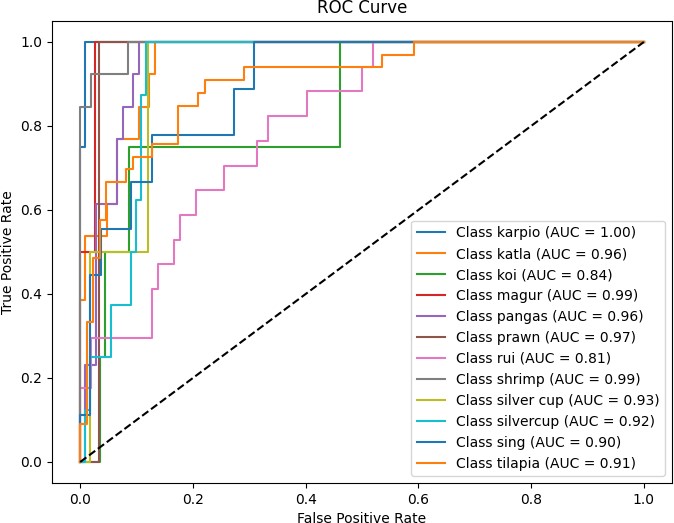
Downloads
Published
How to Cite
Issue
Section
License
Copyright (c) 2025 50sea

This work is licensed under a Creative Commons Attribution 4.0 International License.

